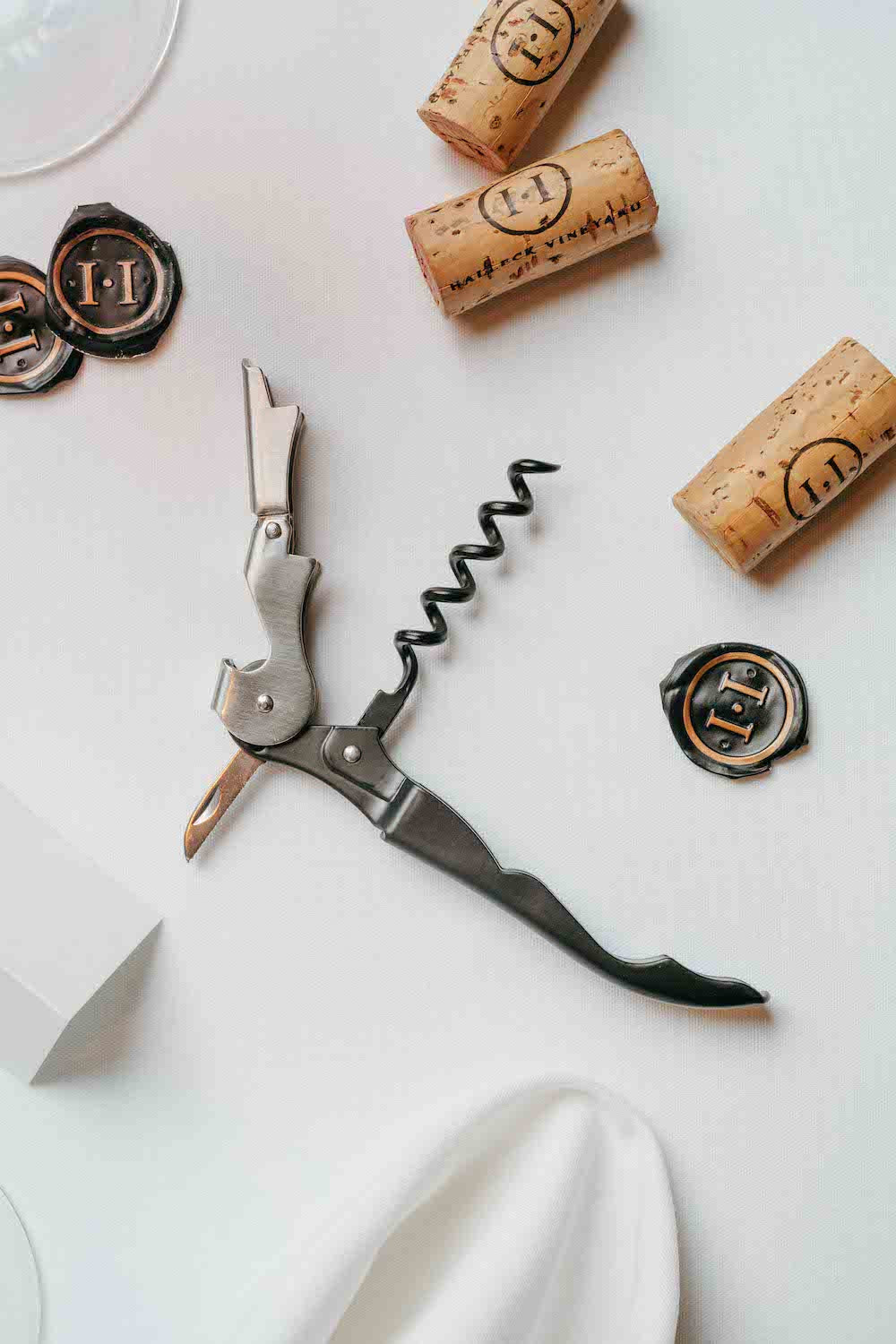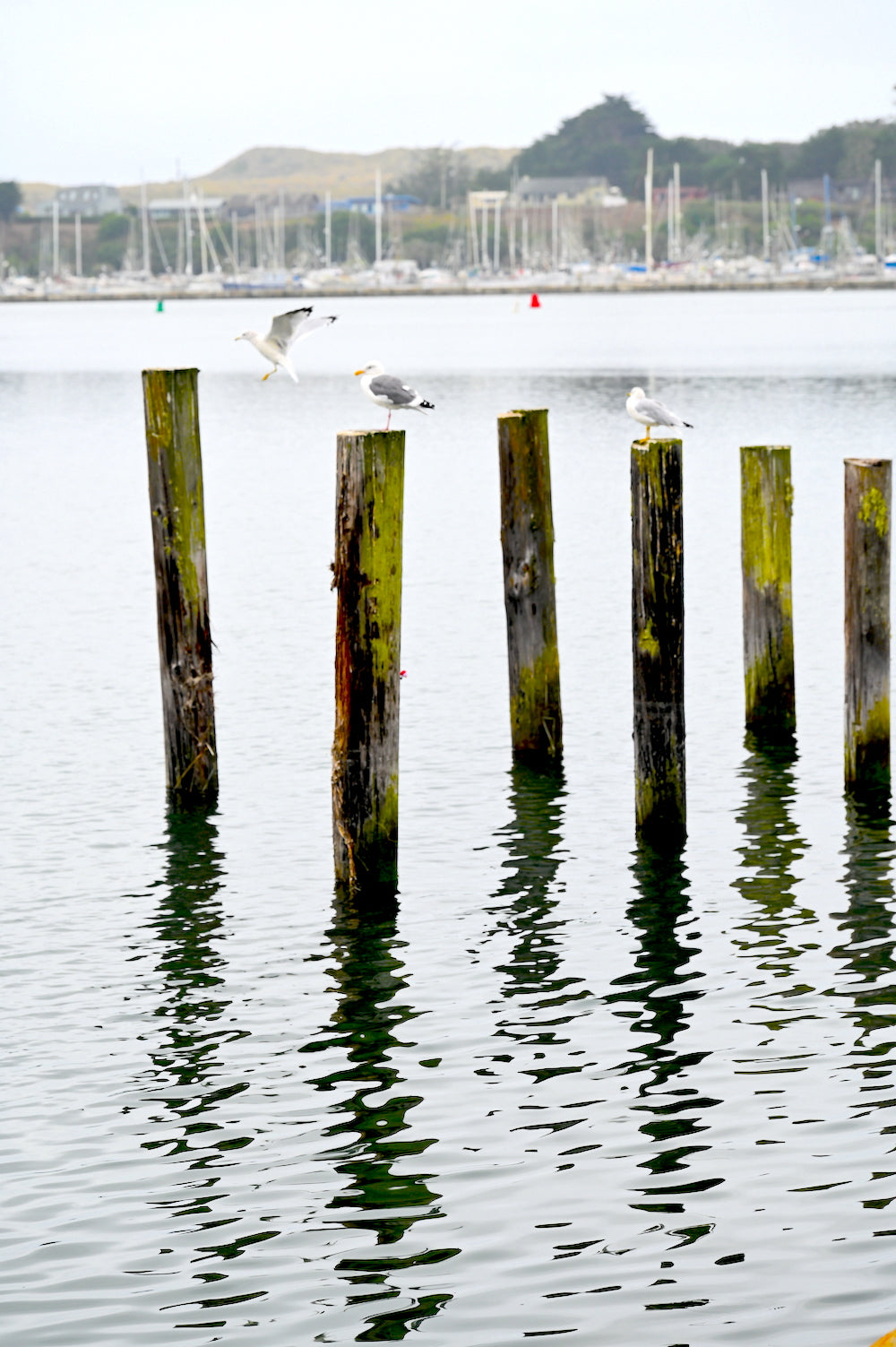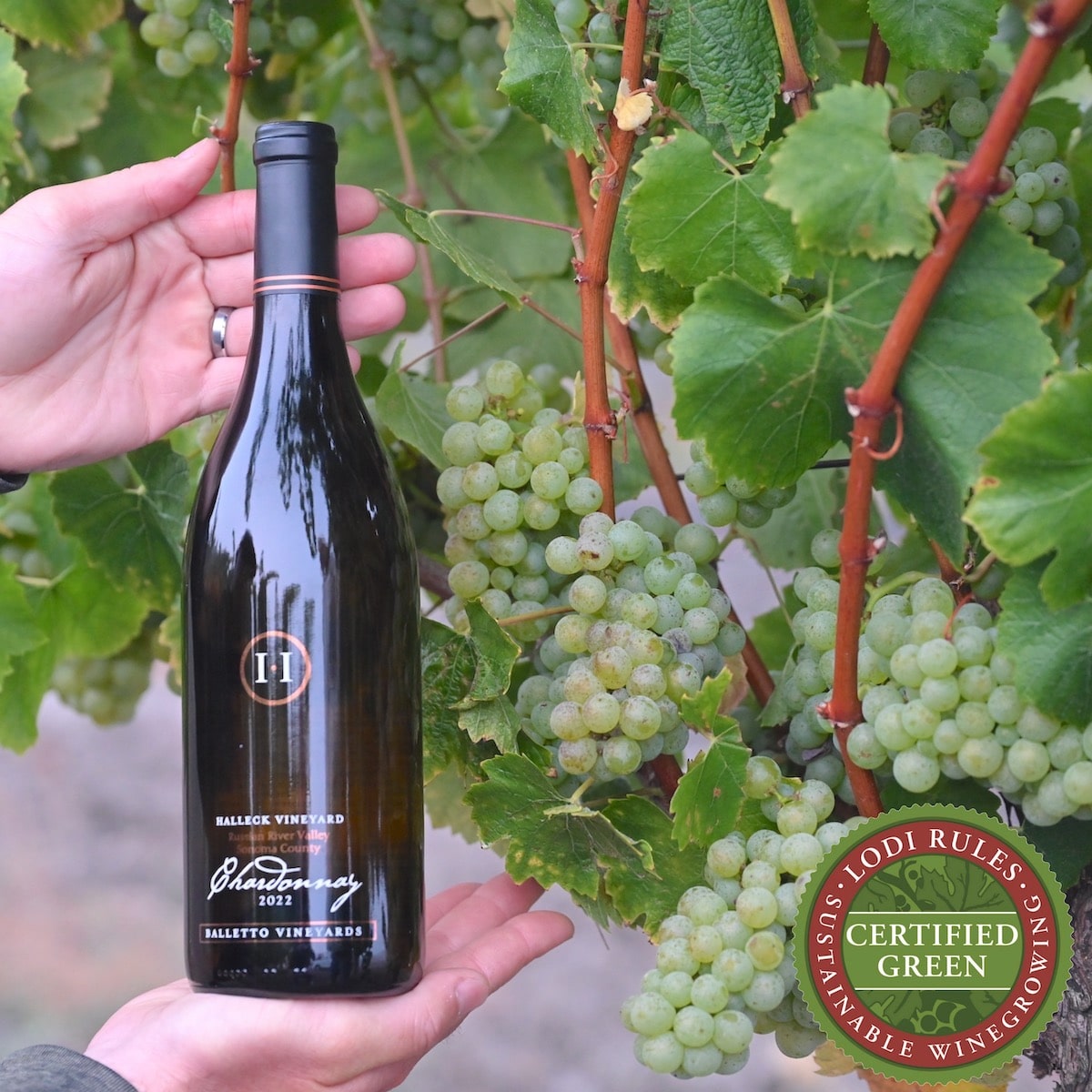Wineries That Welcome Walk Ins - Enjoying The Best Wineries In Sebastopol
Wineries That Welcome Walk Ins - Enjoying The Best Wineries In Sebastopol
Blog Article
Wineries Near Santa Rosa - Sonoma Vineyard Tours
Wine tasting is an art that combines sensory experience with an appreciation for the nuances of different varietals. How to gauge flavors in winery wine tasting sessions is pivotal to grasping the complexities of wine.
Participating in a wine tasting involves more than merely sipping and savoring. It requires a targeted approach to establish aromas and flavors that every wine presents. As you start, observe the wine's look, noting its colour and readability. These visible cues often suggest a wine’s age, grape selection, and even potential flavor profiles.
The subsequent step in the tasting process is to swirl the wine in your glass. This action releases fragrant compounds that are very important for analysis. Lean in and take a moment to inhale deeply; the aromas can range from floral and fruity to spicy and earthy. The nostril of the wine is just as important because the palate, and recognizing scents performs a big position in understanding the overall experience.
When taking your first sip, permit the wine to maneuver across your palate - Upcoming Wine Festivals In Sonoma County. Notice the initial flavors that present themselves. Is the wine fruity, floral, or maybe herbaceous? This initial taste gives perception into what the wine is likely to express as you continue to evaluate it. The mouthfeel also contributes to the general flavor experience; it can be silky, tannic, and even effervescent.
Wineries Known For Sustainable Practices In Sonoma - Vineyard Experiences In Sonoma
As you continue tasting, take note of the wine’s balance. A well-balanced wine will harmonize acidity, sweetness, and tannins. If one element overwhelms the others, it might point out a much less desirable high quality. Evaluating steadiness can help you determine how properly the wine might pair with food.
Transitioning to the finish, think about how the flavors evolve because the wine lingers on your palate. A long, pleasant end can indicate a high-quality wine, whereas a brief or abrupt end might counsel in any other case. Replicate on whether the flavors stay consistent or if new notes emerge because the wine settles. This development can reveal complexities and intricacies that may not have been apparent in the preliminary tasting.
Temperature can be a vital consider evaluating wine flavors. Different types of wine are optimally loved at specific temperatures. White wines often shine when chilled, whereas purple wines usually carry out greatest at room temperature. When tasting, make positive the wine is at the applicable temperature to fully respect its character.
Wineries With Beautiful Architecture - Discover Sebastopol's Wine Scene
Pairing food with wine can greatly improve the tasting experience. Foods can affect the perception of flavors in wine, either highlighting certain characteristics or diminishing them. When evaluating flavors, consider how the wine interacts with totally different foods, noticing which flavors are amplified or muted (Interactive Wine Tasting Experiences In Sonoma).

Contemplate the influence of terroir as you interact in a winery tasting. Terroir encompasses the unique environmental elements that affect grape rising, together with soil composition, local weather, and geography. Understanding a wine's terroir can present insight into its flavors and aromas, fostering a deeper appreciation for the choices made during its cultivation and manufacturing.
Schooling performs a elementary role in enhancing one's capacity to evaluate wine flavors. Learning about grape varieties, wine areas, and manufacturing strategies can pave the way for extra informed judgments during tastings. Additionally, attending workshops or classes can refine sensory skills and expand your flavor vocabulary, enabling you to articulate tasting notes more successfully.

Lastly, it's important to remember that evaluating wine flavors is a highly personal experience. Particular Person preferences and perceptions will invariably shape one’s tasting journey. Enjoyment ought to be on the forefront, with the evaluation course of acting as a software to reinforce understanding and appreciation quite than create inflexible tips.
Wineries Offering Elegant Wine Tastings - Wine Tasting And Vineyard Tours In Sonoma
In conclusion, mastering how to evaluate flavors in winery wine tasting see post sessions includes a mix of sensory engagement, information, and practice. By learning to establish aromas, assess the stability, and recognize the intricacies of flavor, wine enthusiasts can deepen their connection to each bottle they encounter. As with any art kind, the more one immerses themselves within the experience, the more they may discover and enjoy the vast world of wine.
- Start by observing the wine's colour and clarity, as these visual elements can hint at its flavor profile and aging potential.
- Swirl the wine gently in your glass; this releases fragrant compounds, allowing you to raised identify the complex scents associated with the wine.
- Take a deep inhale before tasting, focusing on both main and secondary aromas to assemble insights on fruits, spices, and different nuances.
- When tasting, enable the wine to coat your palate; note the preliminary flavors, the mid-palate complexity, and the end as these phases can provide completely different flavor highlights.
- Pay attention to texture and mouthfeel, as aspects such as tannin ranges, acidity, and sweetness contribute significantly to the general tasting experience.
- Compare flavors in opposition to standard wine traits; for purple wines, consider berry notes, oak influence, and natural tones, while whites might embody citrus, stone fruits, and floral hints.
- Take notes through the tasting session to track your impressions, serving to you to recollect and evaluate the totally different wines sampled.
- Discuss your findings with fellow tasters or winery employees, as sharing insights can enhance understanding and appreciation of individual flavors.
- Enable time for the wine to breathe; typically, flavors evolve and reveal new dimensions after being exposed to air.
- Experiment with food pairings through the tasting as they will dramatically alter how flavors are perceived, influencing total enjoyment.undefinedWhat ought to I look for when evaluating the aroma of wine during a tasting?
Start by swirling the wine in your glass to release its aromas. Bring the glass to your nostril and take a deep breath. Pay consideration to the first scents you detect, as these are often probably the most distinguished. Look for fruit, floral, herbal, or earthy notes and try to determine specific characteristics, which will deepen your understanding of the wine's complexity.
Vintage Wine Tasting Experiences In Sebastopol - Tasting Fine Wines In Sonoma County

How can I distinguish between completely different flavor profiles in wine?
Understand that flavor profiles are often categorized as fruit, floral, herbaceous, spicy, or mineral. Take small sips and permit the wine to coat your palate. Discover the primary flavors that emerge first and the delicate notes that follow. This layering is crucial in distinguishing the wine's traits and can allow you to appreciate its distinctive profile.
Popular Wineries With Outdoor Seating In Sonoma - Enjoying Wine In Sebastopol
What is the significance of the wine's texture in a tasting?

The texture of the wine, also known as mouthfeel, performs a vital role in how we understand flavors. Pay consideration as to if the wine feels easy, creamy, or gritty. The body of the wine (light, medium, or full) can improve or distinction with flavors, offering a extra rounded experience during tasting.
How do I assess the stability of flavors in wine?
Stability in wine refers to the harmony between acidity, sweetness, tannin, and alcohol. Take a second to evaluate whether these components complement or intervene with one another. A well-balanced wine will have none of its parts overpowering the others, creating a pleasing tasting experience.
Innovative Wine-Making Techniques In Sonoma Valley - Best Winery In Sonoma For Quality Wine
What role does temperature play in evaluating wine flavors?
Temperature can significantly influence the notion of flavors. Usually, purple wines are greatest served barely below room temperature, whereas white wines get pleasure from being chilled. As the temperature changes, the aromas and flavors can shift, permitting you to perceive completely different characteristics. It’s essential to taste wine at its optimum temperature for true evaluation.
Exclusive Wine Clubs In Sonoma - Best Winery Located In Sonoma
How can I improve my tasting skills over time?
Practice is essential to enhancing your tasting skills. Wineries Near Highway 12. Attend tastings, keep a journal of your experiences, and explore different types of wines to broaden your palate. click for info Moreover, learning about wine production and grape varieties can provide context that enhances your evaluation process, making you a extra knowledgeable taster.
Is there a particular order during which I ought to style the wines?
Wineries Producing Pinot Noir And Chardonnay - A Guide To Sonoma Wineries
Yes, it’s advisable to taste wines from light to full-bodied and dry to candy. This development prevents the stronger flavors from overshadowing the more delicate ones, permitting you to completely appreciate every wine's characteristics and nuances without palate fatigue.
How can I evaluate the aftertaste of wine?
Vineyard Tours With Guided Tastings In Sonoma - Sonoma Vineyards Worth Visiting
The aftertaste, or finish, is a vital facet of the wine-tasting experience. After swallowing, pay attention to how lengthy the flavors linger on your palate and whether they change. A lengthy, pleasant end is usually an indicator of a high-quality wine, whereas a short or disagreeable end might suggest otherwise.
Why is it essential to notice the wine’s acidity during tasting?
Acidity contributes to the overall freshness and construction of the wine. Pay attention to the tingling sensation in your tongue; greater acidity can improve the wine's liveliness and stability out sweetness. Noting acidity helps decide the wine's versatility with food and its aging potential.
What ought to I do if I struggle to establish specific flavors in wine?
Wineries Providing Guided Vineyard Walks - Winery In The Sonoma Wine Region
Struggling to identify flavors is common, particularly for novices. Focus on broader categories and describe what you can recognize, such as sweet or earthy notes. With practice, reading about completely different flavor profiles, and maybe using flavor wheels, you'll refine your senses and develop a more nuanced method to tasting. Report this page